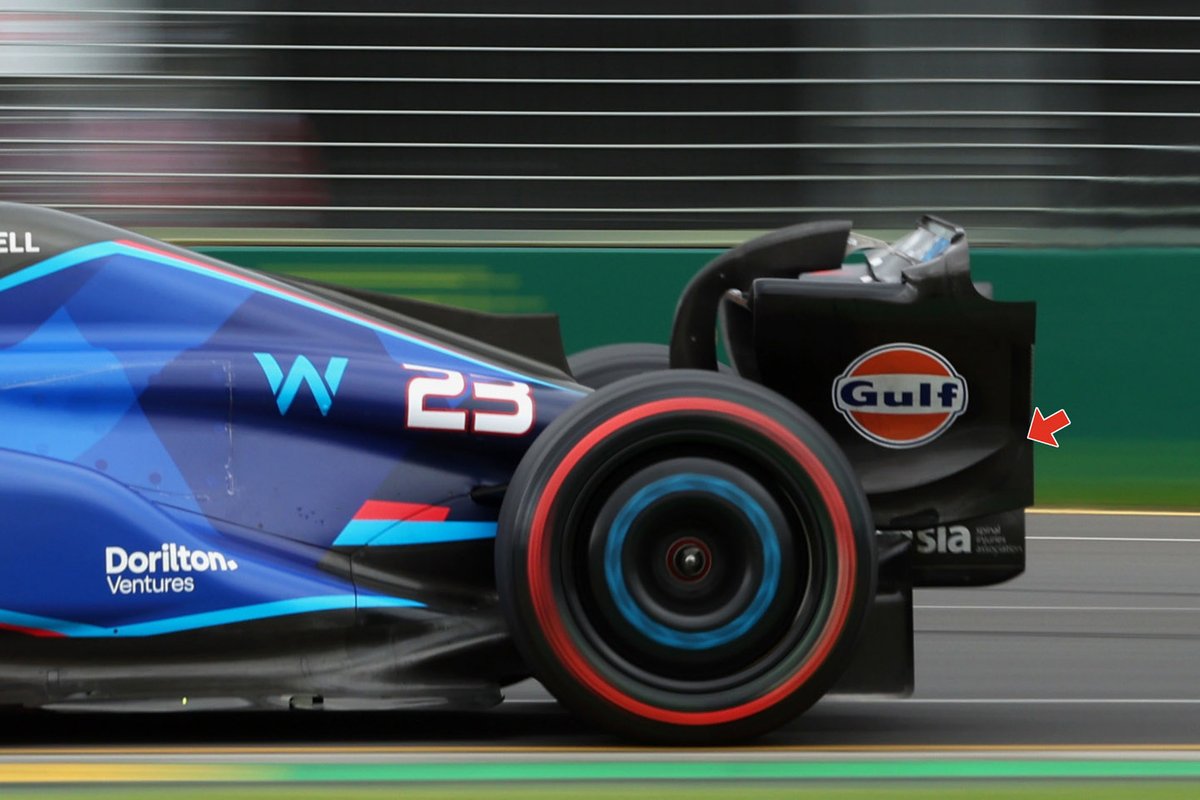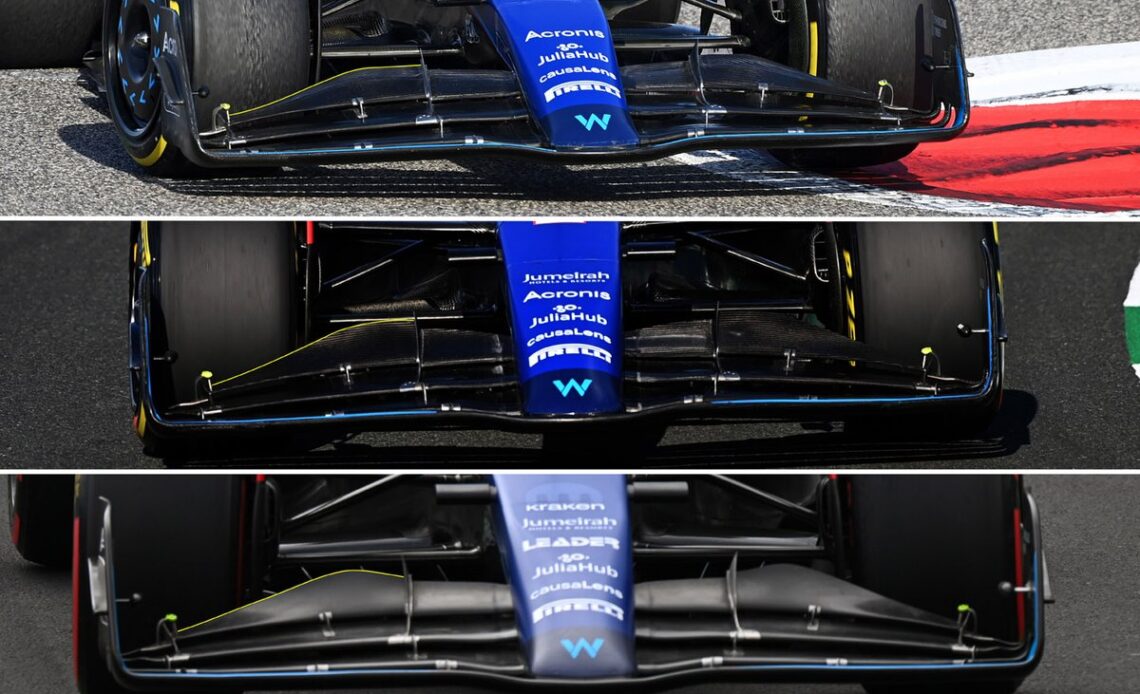With many expecting the Grove-based outfit to be pegged to the back of the field after a low-key pre-season test in Bahrain, the squad has impressed greatly and made a good step forward since last season.
Williams’ head of vehicle performance Dave Robson said much of the progress had come from work specifically addressing areas where it thought it had underperformed in 2022 with its FW44.
Asked by Motorsport.com whether the team was surprised to be the second biggest gainer year-on-year, he said: “Obviously, I can’t speak for everyone else, but I think we’ve made good progress because we knew when the FW44 came out that it had some particular weaknesses.
“Throughout last year and into this year, we’ve worked on those, and I think they probably yielded a reasonable step up in performance.
“I think we did see quite a lot of it on FW44, and it was obviously quite poor at the start of the year, but it did get better. And I think we managed to take another step at the start of this year.”
As well as the work undertaken throughout 2022 and the winter on the FW45, Williams has kept up a decent upgrade push, which helped yield a particularly strong showing in pace terms in Australia last weekend.
One of the updates was very track specific, while the others form part of its ongoing development plan.
Williams FW45 front wing comparison
Photo by: Uncredited
Three races in and Williams’s three front wing flap solutions in, with the team exchanging the upper elements at each race in order to find the right balance for the FW45 at each of the venues it has visited.
It’s a subtle change that has been made at each race, but this is obviously enough to trim the car against the decisions made at the rear of the car in terms of downforce levels, with the team having a number of options in its suite already there too.
According to the team, the latest flap configuration (bottom) sits midships between what was used in Bahrain (top) and Saudi Arabia (middle), while there was also the option for it to be run with a Gurney flap, or without.
The main difference is the upper flap’s height at the inboard end, whilst the camber of the wing is likely also different across the flap’s span too.

Williams FW45 rear wing endplate upwash strike
Photo by: Uncredited
Meanwhile, at the rear of the car, the team introduced a feature we’ve already seen deployed by both Aston Martin and Alpine this season, as it added a blister to the lower portion of the rear wing…
Click Here to Read the Full Original Article at Motorsport.com – Formula 1 – Stories…

